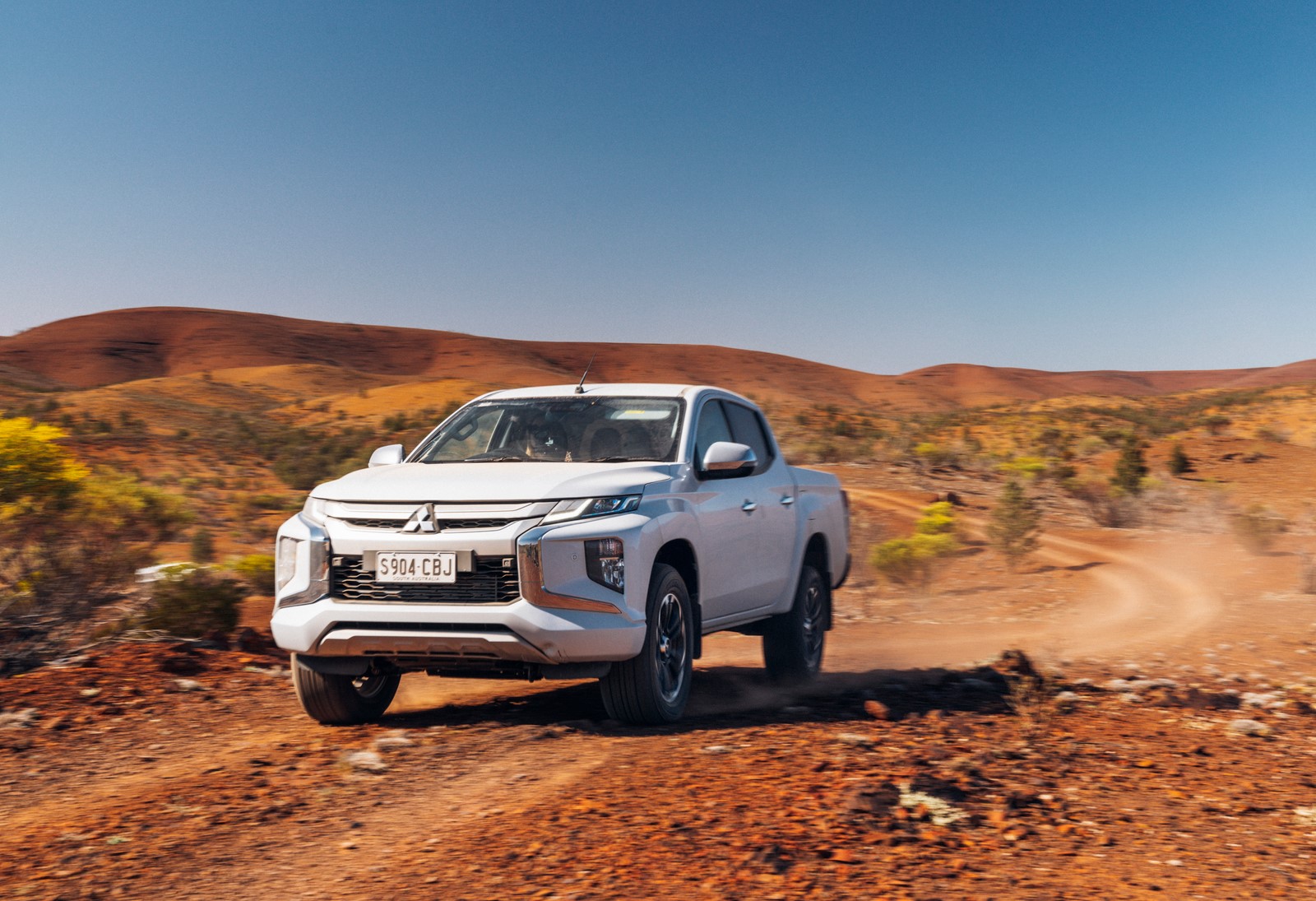
Shake up for Alliance will see models ‘merge’ to save billions.
The Renault-Nissan-Mitsubishi Alliance seemed set to fracture after Carlos Ghosn’s downfall – but the firms involved are now more committed than ever.
The Renault-Nissan-Mitsubishi alliance has announced reforms that will see one manufacturer lead the development of key models and the other makers adopting mostly all of the same technology and body panels. For now, it’s unclear which of Nissan or Mitsubishi will be the leader in producing the pair’s next-generation ute.
From the moment that Carlos Ghosn was arrested in Japan in November 2018, the Renault-Nissan-Mitsubishi Alliance seemed poised to crumble. Ghosn was the architect and driving force of the link-up between the three firms and the ‘glue’ that held them together.
Ghosn’s arrest – and subsequent charges of financial misconduct – came as he was reportedly masterminding a full merger of the firms. That idea had apparently met with some resistance – particularly within Nissan, given that reports his ousting was a deliberate move by insiders to prevent a full merger.
Following Ghosn’s dismissal, the Alliance was restructured to prevent a single powerbroker from taking control, and with real doubts about its future. With both Nissan and Renault struggling in the face of declining sales and the immense cost of electrification, the division in the Alliance seemed like it could tear it apart. At one stage, Renault even pursued a merger with Fiat Chrysler Automobiles – a deal that fell through, with FCA subsequently merging with the rival PSA Group.
The struggles of the two firms, as with many other car giants, has only intensified with the huge economic blow of the coronavirus crisis. So now, just months after the Renault-Nissan-Mitsubishi Alliance seemed to be crumbling, the three firms have essentially staked their futures on it and gone all-in, with a bold new ‘leader-follower’ model that will greatly increase shared development, models and production.
The new strategy is a marked change from the Ghosn-era approach that effectively forced the rival firms to work together on technology. Instead, they will divide up responsibilities, with each focusing on existing core strengths.
Each firm will become the ‘lead’ partner in certain regions, model lines and technologies. Instead of just sharing platforms, similar models will essentially be twinned together. For example, Mitsubishi develops the next-generation Triton which will share platform and most upper-body elements with the new Nissan Navara. Where possible, models will be produced in the same place.

While the alliance has not confirmed who will produce the next-gen dual-cab ute, prior comments from the brand and development costs indicate that Mitsubishi will take the lead.
The widespread adoption of such models will slash development, production and other costs, potentially saving billions.
With each brand focusing on its strongest regions and model lines, they will likely cut and rationalise both their presence elsewhere and wider range. Renault has already pulled out from its major Chinese joint venture and is set to trim unprofitable lines such as its MPV models in Europe. Meanwhile, Nissan is set to reduce some offerings to its successful models, such as the Leaf, Juke and Qashqai.
The two major Alliance members have press conferences scheduled for later this week (Nissan on Thursday, Renault on Friday), with each set to announce billions worth of cost cuts.
Given Ghosn once had bold plans to turn the Alliance into the world’s biggest car producer, this new approach is a major change: Jean-Dominque Senard, the chairman of both Renault and the Alliance, said the future focus will be “on efficiency and competitiveness, rather than volumes”. Senard also ruled out a full merger, adding: “We don’t need a merger to be efficient.”
Certainly, the new agreement will help all three firms to achieve billions in cost-savings. But without a full merger, the risk is that each firm is relatively small compared with the rival Volkswagen Group or PSA Group. And while each firm taking the lead on its key strengths offers the members more freedom in some areas, it also binds them closer together, because each will become increasingly reliant on the others for expertise for various cars, technologies and production needs in other areas.
Instead of their Alliance crumbling, Renault, Nissan and Mitsubishi are now arguably far more dependent on making the sometimes fractious partnership work. Both Nissan and Renault will have to weather substantial cost-cutting drives in the coming months, but the hope is that each will emerge as leaner, more focused companies – and the Alliance is key to achieving the economies of scale to underpin future success.
For that to work, each will have to trust and rely on the other. For the plane to success, Renault, Nissan and Mitsubishi will have to ensure this is an alliance of equals, rather than an alliance of convenience between firms with no other options.
James Attwood



